DRI
Using the results of thousands of studies, nutritionists have developed a set of standards that determine the dietary macro and micronutrient amounts, include energy, proteins, fats, carbohydrates, fibers, vitamins, minerals and even water intake, based on age and sex, for healthy people. These recommendations are called DRI. There are four different sets of standards within the DRI: EAR (Estimated Average Requirement), RDA (Recommended Dietary Allowance), AI (Adequate Intake), and UL (Tolerable Upper Intake Level).
EAR
EAR (Estimated Average Requirement) is an estimated average daily intake of nutrients, which can meet the needs of 50% of healthy people in a particular life stage or gender group. It is used by nutritionists when they need to plan diets for large groups and nutrition researchers for community nutrition studies and you hear less in public.
RDA
You’ve probably heard of the RDA. The process for setting the Recommended Dietary Allowance (RDA) depends on being able to set EAR. RDA is the average daily dietary intake level sufficient to meet the nutrient requirement of %98 healthy populations in the same life stage and gender group.
What is the difference between EAR and RDA?!
Imagine a real community where there are different people with different needs (Figure 1). Person A need 40 units of a particular nutrient; person B needs 35, and person C needs 55. EAR covers the average needs of half of the people. According to the EAR, the other half of people would not have their dietary needs met. But according to RDA, the needs of about %98 of the population are included. Almost everybody—including person C, whose needs were more than the average.
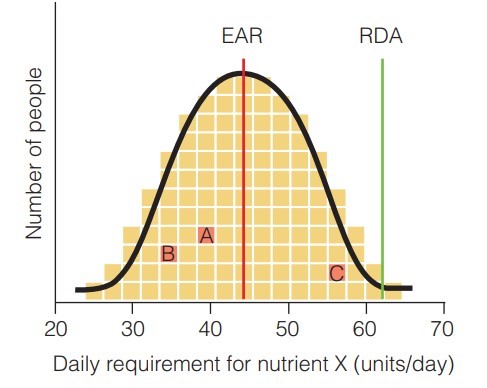
AI
Adequate Intake (AI) is used instead of an RDA but not exact, because, for some nutrients, there is insufficient scientific evidence to determine an EAR that is needed to set RDA.
UL
Tolerable Upper Intake Levels (UL) is the maximum level of nutrient intake and minimum level of nutrient toxicity that won’t pose a risk in anyone of a similar age and same sex. The UL is most important for dietary supplements.
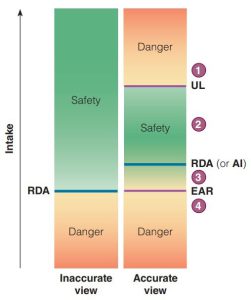
DV
Daily Value (DV), set based on 2000 Cal, is used for the nutrition facts labels and is a guide to the nutrients in one serving of food or dietary supplement.
What is the difference between DV and DV Percent(%DV)?!
The DV is the amount of nutrients that are recommended for daily intake or should not be exceeded. %DV is how much a particular nutrient is in a single serving of a certain food or dietary supplement. For example, if the DV for a particular nutrient is 420 mcg and the food or supplement has 42 mcg in one serving, the% DV for that nutrient in a serving of the product would be 10%. If you eat one serving of this product, you will meet 10% of your requirement for this nutrient for a day and can consume other foods or supplements to reach the remaining 90%.
What is the difference between DV and RDA?!
DV is only used for labels and unlike RDA, it is not for dietary recommendation, but suggests how much of a nutrient a single serving of a food or supplement provides in the relation to the nutrient needs. DV is also calculated for the entire healthy population over 4 years of age, while RDA is calculated specifically for each sex and each life cycle.
References:
- Whitney E, Rolfes SR. Understanding nutrition: Cengage Learning; 2019
- Marriott BP, Birt DF, Stalling VA, Yates AA. Present Knowledge in Nutrition: Basic Nutrition and Metabolism: Academic Press; 2020.
- Catharine RA, Caballero B, Cousins RJ, Tucker KL, Ziegler TR. Modern nutrition in health and disease; 2014
- Raymond JL, Morrow K. Krause and Mahan’s Food and the Nutrition Care Process E-Book. Elsevier Health Sciences; 2020








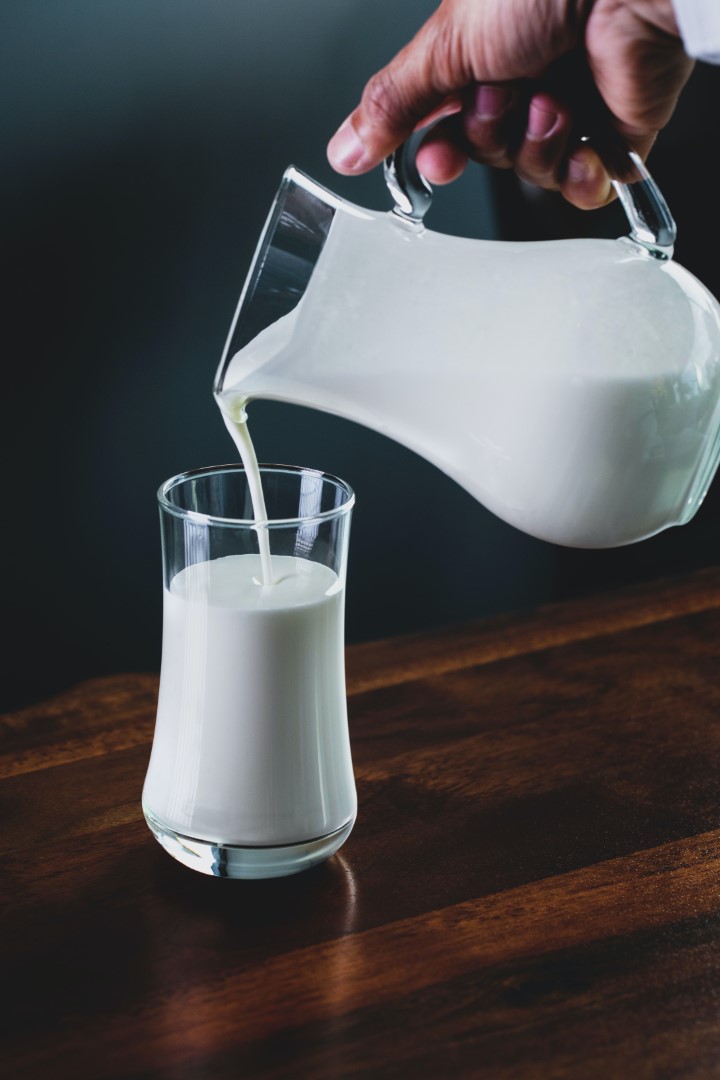

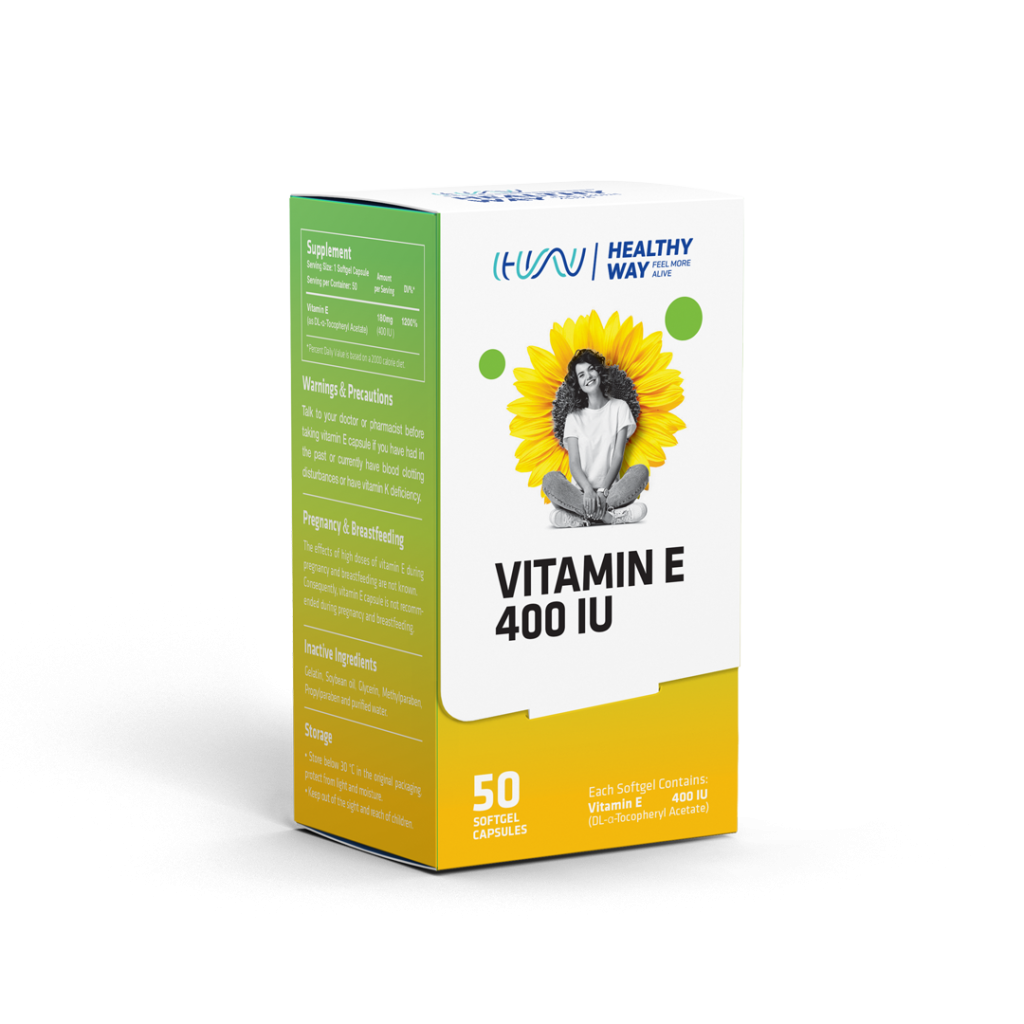
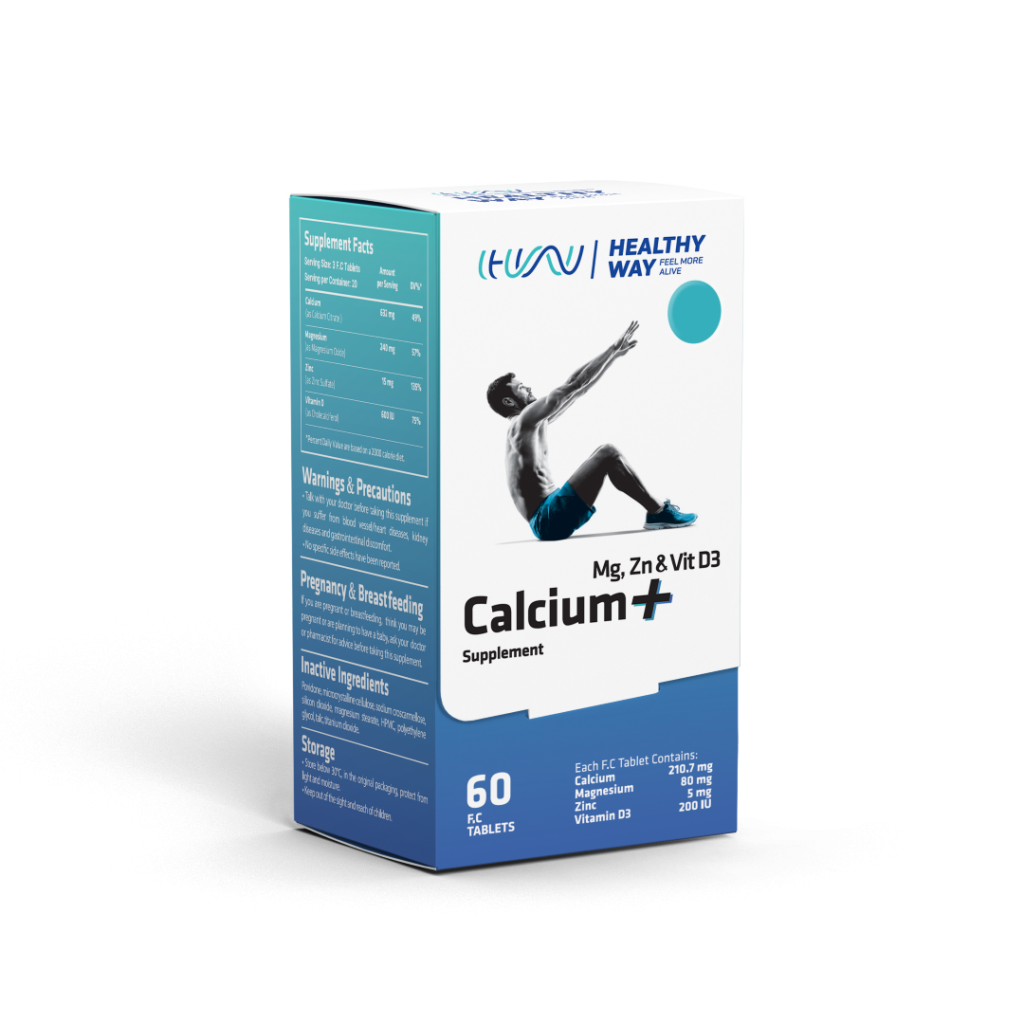
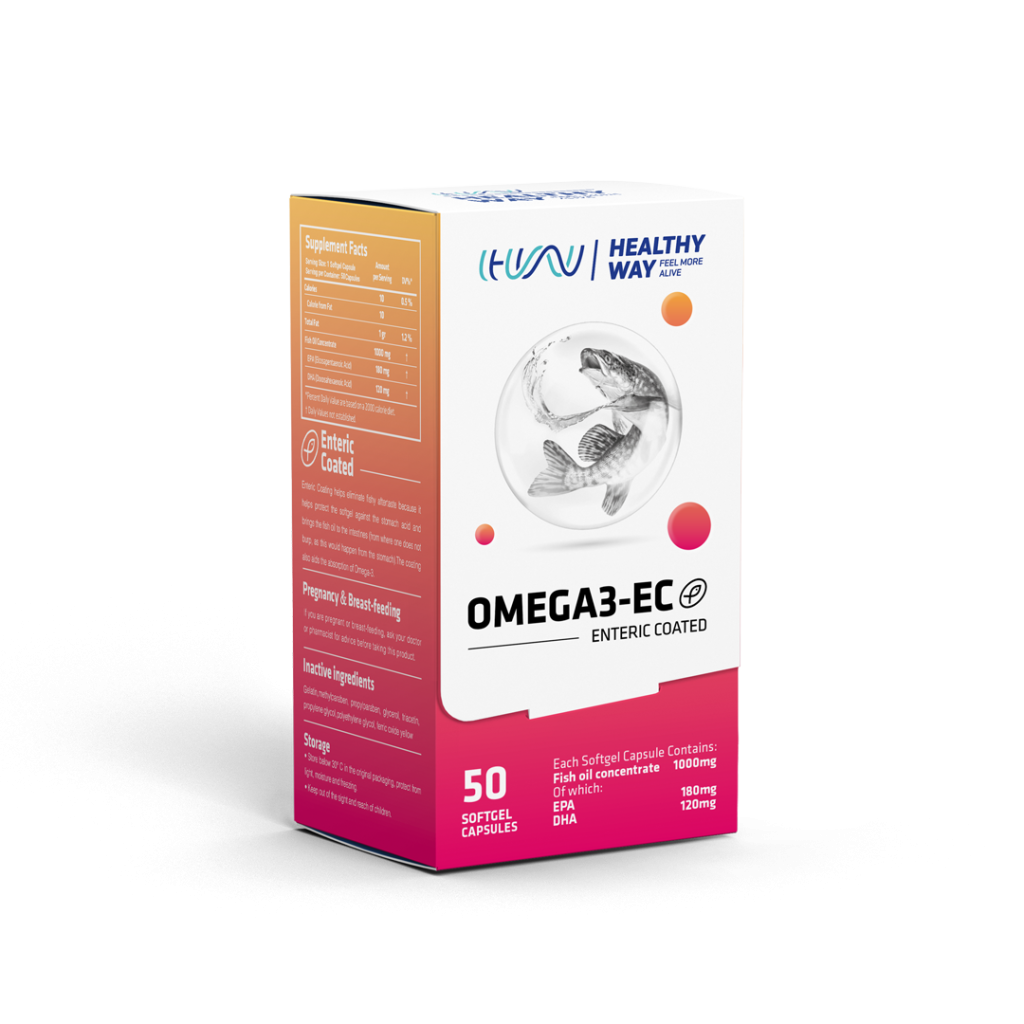
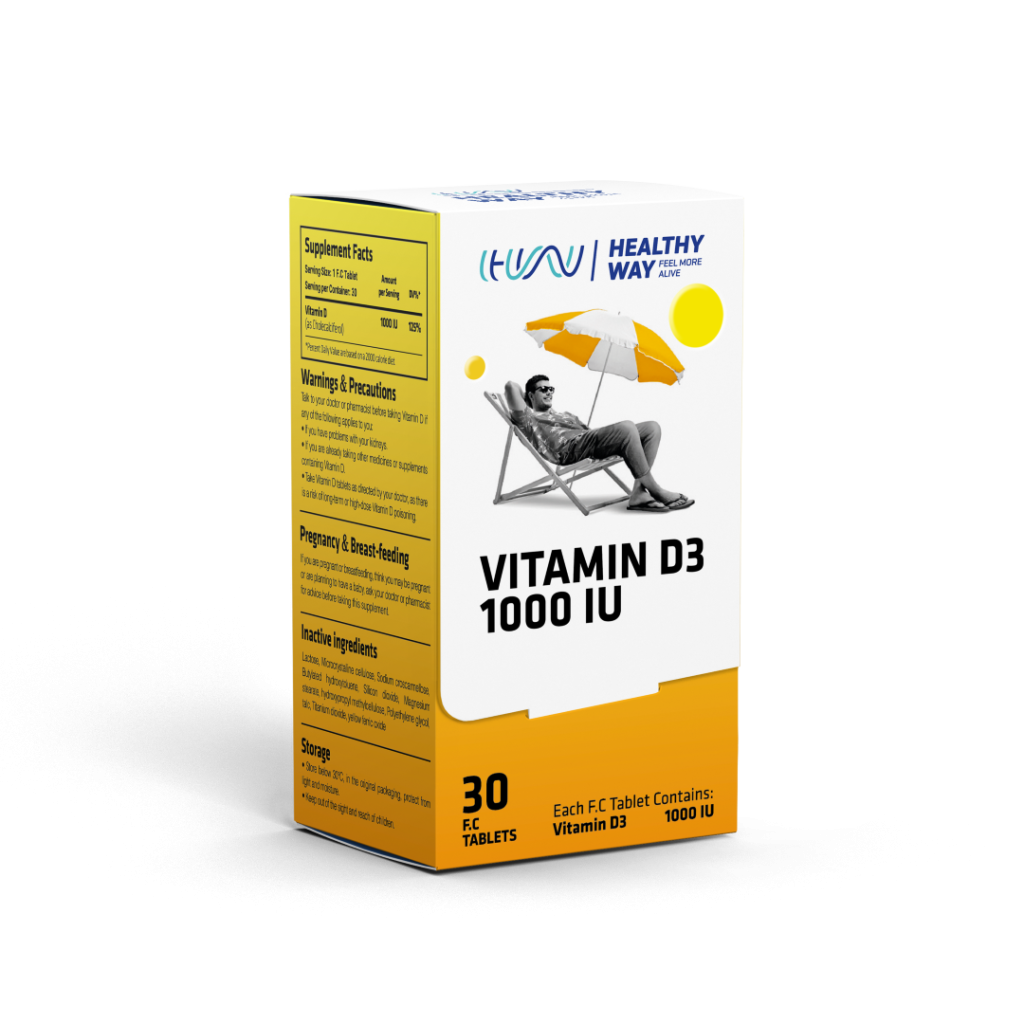
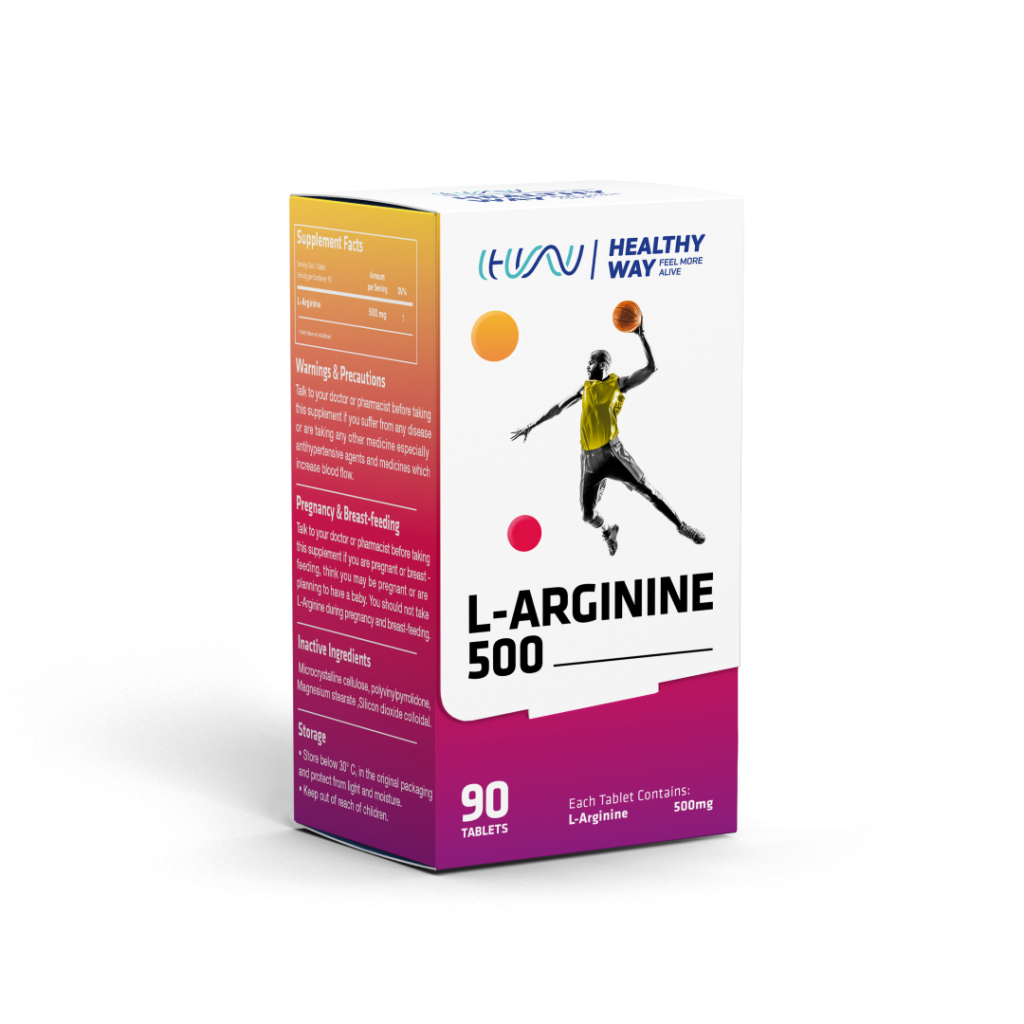
2 Responses
Nice blog! Is your theme custom made or did you download it from somewhere? A design like yours with a few simple adjustements would really make my blog stand out. Please let me know where you got your design. Thank you
Thank you! This blog is designed by Studio Deeez